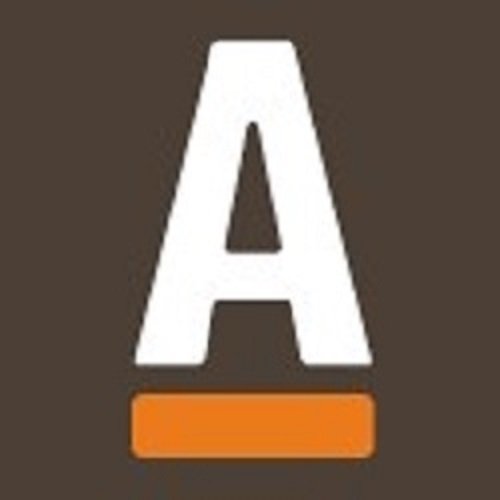MILDLY INTERESTING NOTES FROM THE SECURE 2.0 ACT
Note: The Advocates are not legal professionals. No part of this post should be construed as legal advice. These points are presented here because of their relevance to financial planning.
SECURE 2.0 is legislation designed to improve upon the SECURE Act of 2019 and it has potential implications for your financial plan and your taxes. Your advisor is the best person to discuss the relevance of this information to your specific situation, but it’s my job to try and turn it into a blog post someone might actually want to read.
Sometimes you can’t make it interesting, but you can make it quick. Here we aim to break what may matter to you into consumable bullet points. This list is not comprehensive as the act itself spans over 4,000 pages of what I can only assume is boss-level legalese.
Required Minimum Distributions (RMDs)
The age is now 73 and will move to age 75 in 2033.
That means no one will be required to start taking RMDs in 2023.
Penalties for failure to take RMDs have been significantly reduced.
Roth accounts
No RMDs for ERISA plan Roth accounts (401(k), 403(b) etc.) starting in 2024. If you’ve already started taking them, you will be able to stop next year.
Roth SIMPLE and SEP IRAs will be available this year.
Starting in 2024 high income earners age 50+ must make catch up to Roth accounts, NOT pre-tax accounts
529 plans can now potentially be rolled to a Roth IRA, restrictions apply.
Individual 401k Plans
Self employed individuals can now establish an I401k plan and fund it for the previous year.
Employer 401(k) Plans
Mandatory automatic enrollment for eligible plan participants will be required for new 401k and 403b plans after 12/31/2024.
Student Loans
Employers can match payments their plan participants make to their student loans, restrictions apply. The match applies to the 401k. i.e. if participant is not getting the match, the loan payment the ex student is making gets matched.
Database for Missing Participants
A national, searchable database will be created to help employers locate “missing” plan participants and also the reverse, helping individuals locate old retirement funds.
Want more information on SECURE 2.0? A section by section summary can be found here.

